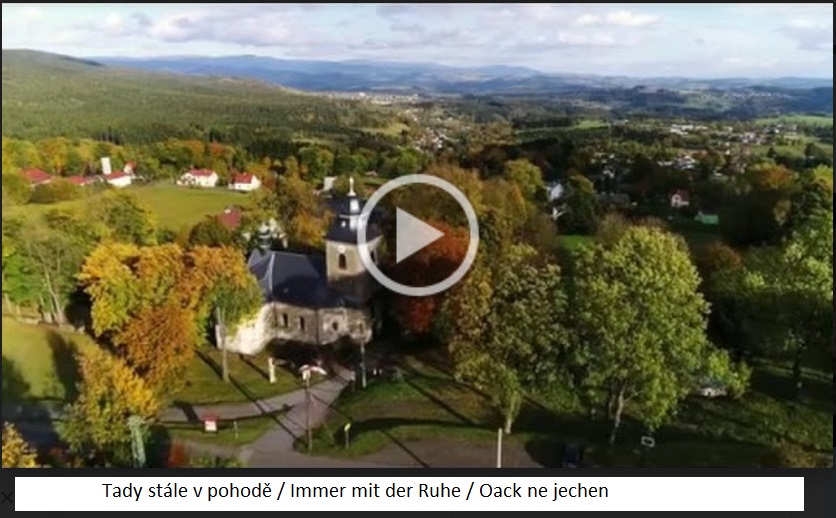BRATŘÍKOV
The settlement was founded no later than the first half of the 16th century. While the first record regarding the settlement is from 1624, it was also mentioned as a part of Navarov castle demesne in 1515. At the end of 1650s, a smith named Jan Dubský (z Dubu, meaning “From Oak”) moved to the village and married Anna from Bratříkov. Dubská (the female form of the surname Dubský) was her surname in 1666, and Jan and his relatives also accepted the surname Dubský. In the next century, the smith built the imposing wagoner´s homestead, later called “U Zámečníků” or “Na Rychtě”. He was Dr. Kittel´s contemporary. František Dubský, the wagoner and merchant´s grandson, placed 3 sandstone statues, transported from Bzí, in front of his house in 1812. They are effigies of St. Peter, St. Paul, and the Good Shepherd between them. The house, with its log room, brick arched cowsheds, and spacious yard, was the most pretentious and magnificent house in Bratříkov. Dubský did not have to take part in compulsory labour. Instead, he used to visit Hungary for trade and transport food and products for Jáchym z Ehrenburka, the free lord, from Navarov demesne to Prague. If someone in the lord´s family died, Dubský was obligated to deliver the coffin for the funeral to the palace, or to their family grave in Držkov.
Statues of St. Peter, the Good Shepherd and St. Paul in front of the building „Na Rychtě“
In the latter half of the 19th century, “šifařina” craft was flourishing – locals used to dig shallow pits on their estates, where they would quarry for slate and cut it. Glassmaking was also spreading around the village together with slate quarrying at the end of the 1870s. Glass beads were cut inside houses, and in 1887, two new button pressers began to practise their craft in the first wooden pressing factory without any chimney, with minor ventilation on the ridge. The number of glass button factories was increasing, and at the end of the century, they became masonry buildings with one or two chimneys located in their gable roofs. Glass buttons used to be pressed here, and diverse kinds of beads and glass stones were made here as well. For example, in the “Statistika obce Bratříkov” (Statistics of Bratříkov village), published by the trade union movement of glass workers in Bratříkov, sixteen suppliers of glass products are recorded, as well as 116 button pressers working with glass furnaces and 17 button pressers working on tables with lamp fire. There were two water-based glass
polish-works, where 36 – 40 cwt of the completed products used to be processed. More than 200 persons made their living by threading beads.
In the last year of World War I, the Bratříkov residents decided to build a memorial for soldiers killed in the war. This idea came from local students, who earned the money for the building of the memorial by performing seven theatre performances. The memorial was made of the excellent light granite from Jablonec and dark granite from Hamry by Josef Kouřil, a stonemason from the village of Zásada . The ceremonial unveiling of the memorial took place on 14th September, 1919. It was one of the first memorials to be made in the newly-emerged republic after 1918.
A primary school and Sokol club were also built in the village. Nowadays, there is a subsidiary of the local library and a few municipal flats in the school building. The gymnasium of Sokol club is still used for its former purposes by the Sokol club in collaboration with the Bratříkov fire service, who upkeep the building together. In the village centre by the road to Železný Brod, a 450-year-old large-leaved veteran tree grows.
Štebrov, known earlier as Dobrohostov, also belongs to Bratříkov (The name Dobrohostov suggests that the locals used to act as good hosts). In Dobrohostov, Piroch´s quarry can be found, from the era of slate cutting in the area. Štebrov is crossed by the local road from Alšovice-Dupanda to Bratříkov centre. The road used to be a road of pilgrimage, along which locals used to go to Sunday worship in Bzí.
War memorial in Bratříkov







